Notify me
2015 Canon Fronsac
Château Moulin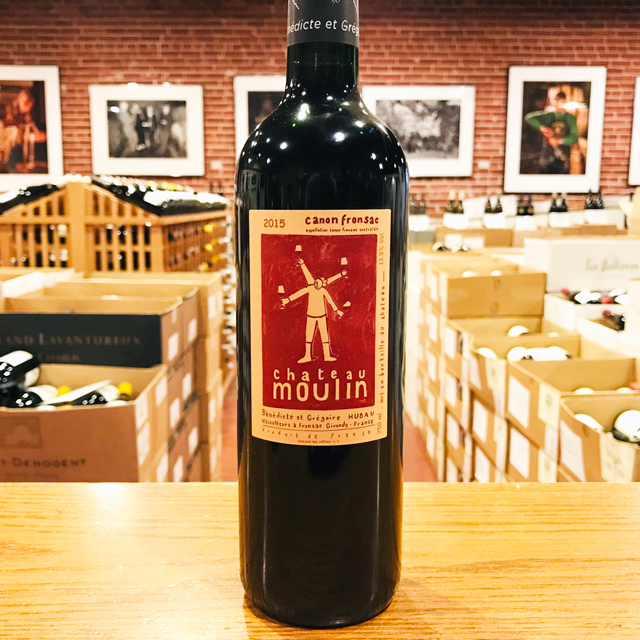
Brambly fruit, velvety tannins—all you need to enjoy this wine is the company of good friends and a belly full of cassoulet. This hearty, yet refined Right Bank beauty is a snapshot of its maker, Grégoire Hubau—an unusual, salt-of-the-earth artisan—mixed with the spirit of the sud-ouest: generous, rugged, and easy to fall for. This type of vin des amis, more typical of the Beaujolais or Loire Valley styles, in the land of Châteaux is a true novelty, especially when what shows up in your glass is terroir-driven, approachable, and regal all at once.
—Jane Berg
| Wine Type: | red |
| Vintage: | 2015 |
| Bottle Size: | 750mL |
| Blend: | Merlot |
| Appellation: | Canon-Fronsac |
| Country: | France |
| Region: | Bordeaux |
| Producer: | Château Moulin |
| Winemaker: | Bénédicte & Grégoire Hubau |
| Vineyard: | 3.5 ha |
| Soil: | Clay, Limestone |
| Aging: | One-year élevage in 2- and 3-year-old barriques |
| Farming: | Organic (practicing) |
| Alcohol: | 13.5% |
More from this Producer or Region

2024 Graves Blanc HALF BOTTLE
France | Bordeaux
There could be no better way to enjoy this crisp, invigorating Graves than with a platter of fresh seafood.
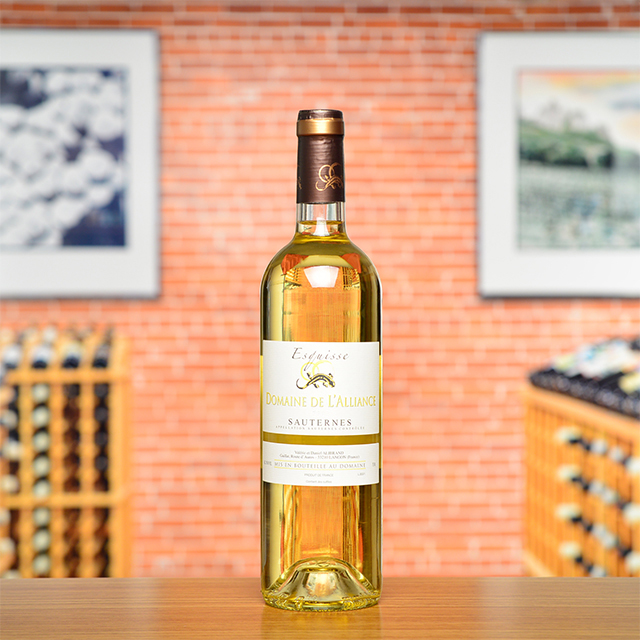
2023 Sauternes “Esquisse”
France | Bordeaux
This refreshing dessert wine is versatile at table—it works wonders as an apéritif or with cheeses—and can still be cellared for several years.
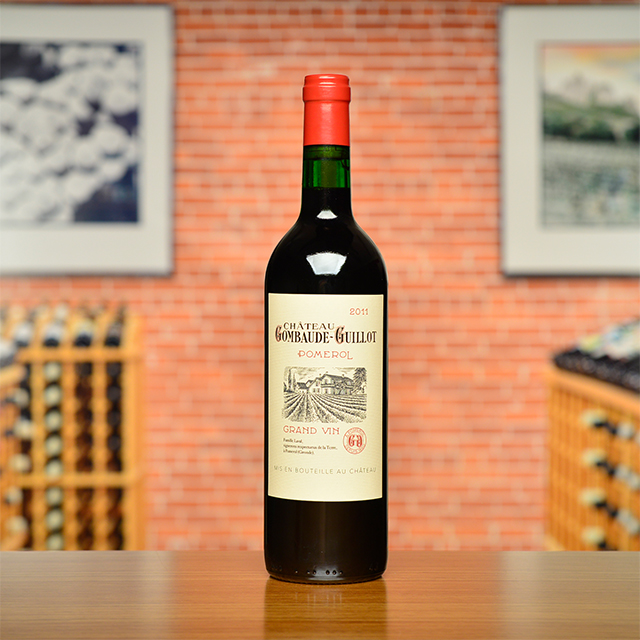
2011 Pomerol
France | Bordeaux
Rich, velvety texture and vivid fruit, suggesting blackberry and plum with an almost wild intensity.

2020 Atlantique Blanc “Déclinaison”
France | Bordeaux
Artisanal white Bordeaux like you have never tasted before!

2021 Bordeaux Sec “Les Clous”
France | Bordeaux
A nervy, age-worthy wine; it smells remarkably like top-notch Chablis, but on the palate hints at cool and tropical fruits like melon, lychee, and lime.
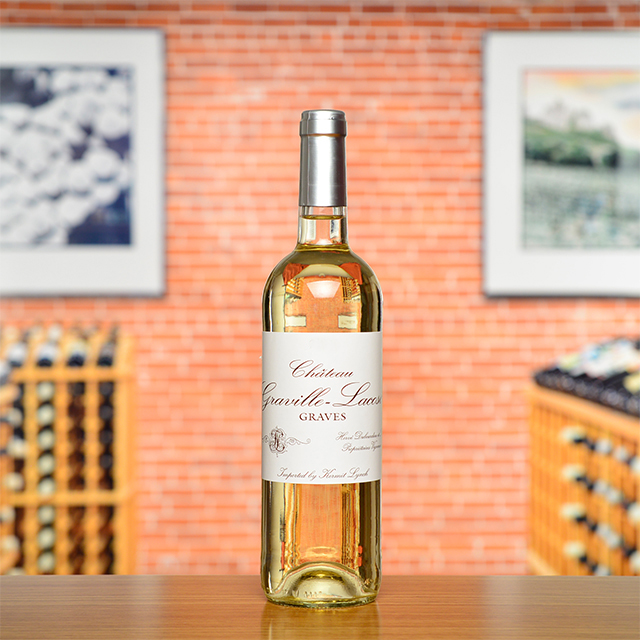
2024 Graves Blanc
France | Bordeaux
Brimming with honeysuckle, lychee, and citrus, this Bordeaux blend is reliably harmonious with Eastern cuisine.

2019 Lalande-de-Pomerol
France | Bordeaux
Made from mostly Merlot and a splash of Cabernet Franc, this velvety rouge is approachable now despite having years of beautiful life ahead.
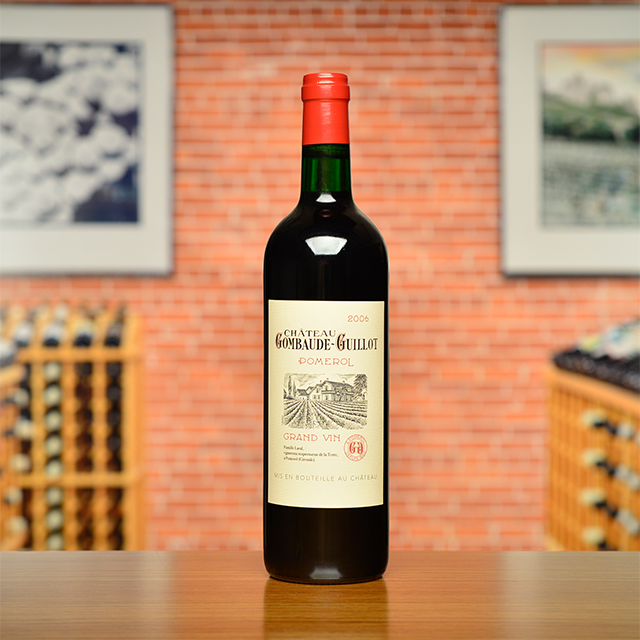
2006 Pomerol
France | Bordeaux
**Extremely limited quantities, maximum three bottles per purchase.**

2011 Pomerol MAGNUM
France | Bordeaux
With incredible depth, power, and fine but grippingly youthful tannins, this is unmistakably Pomerol.

2016 Canon-Fronsac
France | Bordeaux
Divine with lemon and rosemary roasted lamb.
About The Producer
Château Moulin
About The Region
Bordeaux

Often considered the wine capital of the world, Bordeaux and its wines have captured the minds, hearts, and wallets of wine drinkers for centuries. For many, the wines provide an inalienable benchmark against which all other wines are measured.
Bordeaux is divided into three winegrowing regions with the city that gives the region its name in the near geographical center. The “right bank,” or the area located east of the Dordogne River, produces wines that are predominantly Merlot with small amounts of Cabernet Franc and Cabernet Sauvignon. The “left bank” is located to the west of the Garonne River and produces wines dominated by Cabernet Sauvignon, with Cabernet Franc, Merlot, Malbec and Petit Verdot.
The third region, Entre-Deux-Mers, lies between both rivers and produces white wines from Sauvignon Blanc, Sémillon, and Muscadelle. Though technically in the left bank, it is worth noting the appellation of Sauternes, which produces arguably the world’s most famous sweet wines from Sauvignon Blanc, Sémillon, and Muscadelle as well.
Though many top Bordeaux wines are sold en primeur (in advance of their bottling) and often through a middleman known as a negoçiant, Kermit has always preferred to purchase directly from the winemaker. For more than three decades he has sought out small producers, who make classic Bordeaux wines and are willing to play outside the negoçiant system. This ethic has led to longstanding relationships, excellent prices, and perhaps most important—wines of great value and longevity.
More from Bordeaux or France
2011 Pomerol
Château Gombaude-Guillot France | Bordeaux
2020 Bordeaux Sec “Les Clous”
Domaine de l’Alliance France | Bordeaux
2006 Pomerol
Château Gombaude-Guillot France | Bordeaux
2019 Pomerol “Clos Plince”
Château Gombaude-Guillot France | Bordeaux
2024 Graves Blanc HALF BOTTLE
Château Graville-Lacoste France | Bordeaux
2023 Sauternes HALF BOTTLE
Château Roûmieu-Lacoste France | Bordeaux
2021 Bordeaux Sec “Les Clous”
Domaine de l'Alliance France | Bordeaux
2020 Atlantique Blanc “Déclinaison”
Domaine de l’Alliance France | Bordeaux
2016 Canon-Fronsac
Château Moulin Pey-Labrie France | Bordeaux
2023 Sauternes “Esquisse”
Domaine de l'Alliance France | Bordeaux
2019 Lalande-de-Pomerol
Château Belles-Graves France | Bordeaux
2017 Pomerol
Château Gombaude-Guillot France | Bordeaux
2011 Pomerol
Château Gombaude-Guillot France | Bordeaux
2020 Bordeaux Sec “Les Clous”
Domaine de l’Alliance France | Bordeaux
2006 Pomerol
Château Gombaude-Guillot France | Bordeaux
2019 Pomerol “Clos Plince”
Château Gombaude-Guillot France | Bordeaux
2024 Graves Blanc HALF BOTTLE
Château Graville-Lacoste France | Bordeaux
2023 Sauternes HALF BOTTLE
Château Roûmieu-Lacoste France | Bordeaux
2021 Bordeaux Sec “Les Clous”
Domaine de l'Alliance France | Bordeaux
2020 Atlantique Blanc “Déclinaison”
Domaine de l’Alliance France | Bordeaux
2016 Canon-Fronsac
Château Moulin Pey-Labrie France | Bordeaux
2023 Sauternes “Esquisse”
Domaine de l'Alliance France | Bordeaux
2019 Lalande-de-Pomerol
Château Belles-Graves France | Bordeaux
2017 Pomerol
Château Gombaude-Guillot France | Bordeaux
Kermit once said...

Kermit once said...
A good doctor prescribed the wine of Nuits-Saint-Georges to the Sun King, Louis XIV, when he suffered an unknown maladie. When the king’s health was restored the tasty remedy enjoyed a vogue at court. Lord, send me a doctor like that!
Inspiring Thirst, page 117





